Advertisement
The Musk Ox: A Survivor's Tale
Resume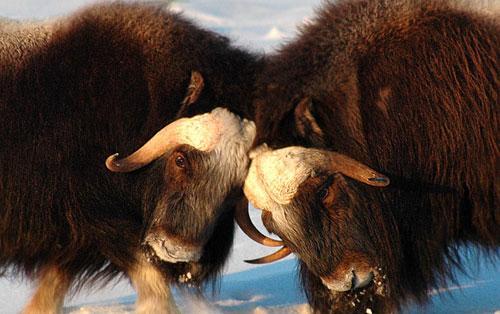
By Tom Ashbrook
It’s getting weird in the Arctic. The climate is changing, and the ice is melting. Polar bears and grizzlies are confused and interbreeding.
In the middle of all this stands the musk ox – one of the planet’s great survivors. From Alaska to Northern Canada and pockets in Norway and Siberia – the musk ox endures, and its story is much wilder than you probably know.
It survived when the other greats of the Pleistocene – wooly mammoth, mastodon, saber-toothed cats, giant sloth – all went away. And it returned to Alaska by way of New York Harbor.
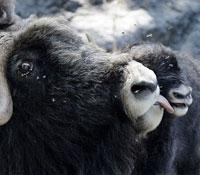 Now, it turns out, the musk ox could again be the great survivor in our new Arctic age of extinction.
Now, it turns out, the musk ox could again be the great survivor in our new Arctic age of extinction.Ross MacPhee, a curator in the department of mammalogy at the American Museum of Natural History in New York City, says the musk ox's homogenous genetic makeup suggests it has been through population stress before and can survive boom-and-bust cycles.
“What we find with living musk oxen is they’re not exactly clones, but they’re so amazingly similar that there’s only one explanation,” MacPhee says. “And that explanation is that they had to have had a very severe pinch on their populations. We estimate that that happened about ten thousand years ago.”
But that doesn’t mean it’s all good news for the cold-weather beast, which is most closely related to goats and sheep and can weigh up to 800 pounds. The pace of these changes could challenge even an animal as resilient as the musk ox, scientists say.
Brendan Kelly, an Arctic ecologist and research scientist for the National Oceanic and Atmospheric Administration, says all Arctic species are currently endangered by the rapid speed of climate change.
“For organisms to adapt – whether it’s changing body size, or changing the timing that they have their calves, and hence can match when the plants are most nutritious – it really depends on the rate of the environmental change relative to the generation time of the organism,” Kelly says. “So if there’s a really, really rapid environmental change, it’s very hard for there to be an adaptive response.”
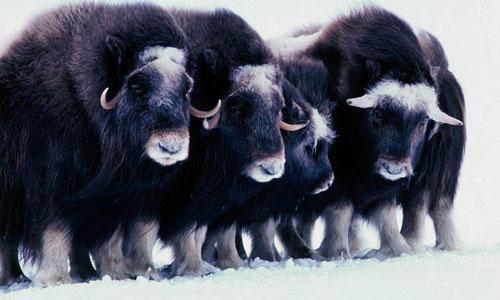
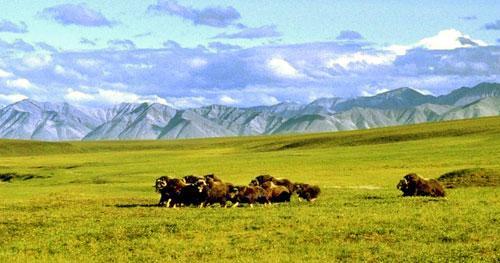
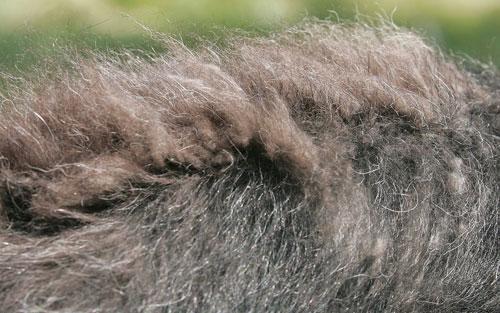
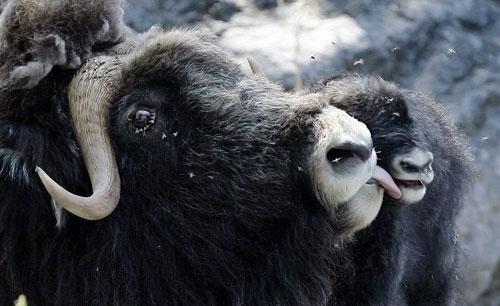
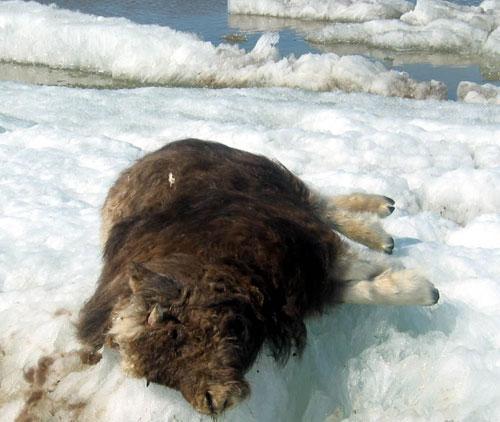
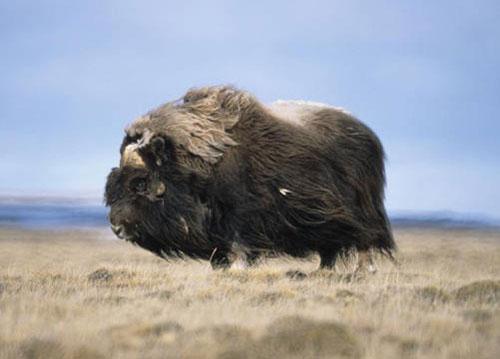
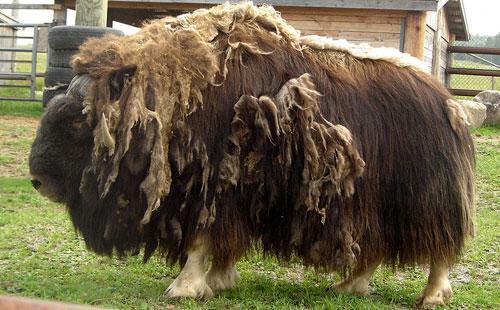
Guests in this show:
Jim Lawler, biologist with the National Parks Service’s Arctic Network and an expert on musk oxen.
Ross MacPhee, expert on ancient mammals and a curator at the department of mammalogy at the American Museum of Natural History. He's also curator of the Museum’s current “Race to the End of the Earth” exhibit on the exploration of Antarctica.
Brendan Kelly, research scientist with the National Oceanic and Atmospheric Administration’s Marine Mammal Laboratory, based in Juneau, Alaska. He's the lead author of a new scientific study suggesting that loss of sea ice could lead to increased hybridization and loss of biodiversity in Arctic species.
This program aired on December 23, 2010.

